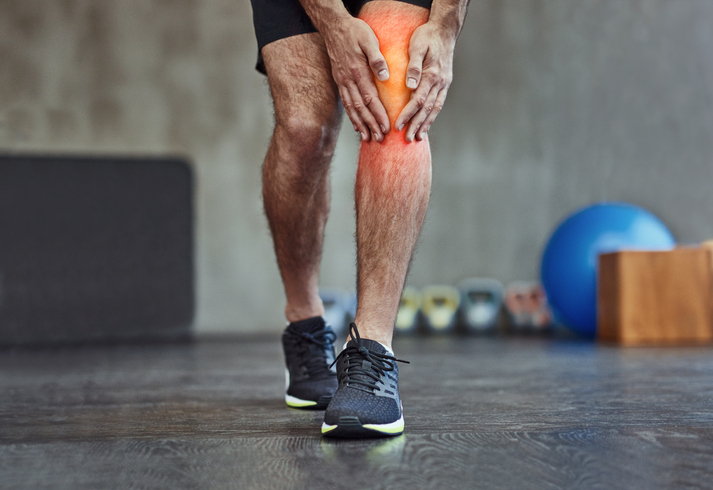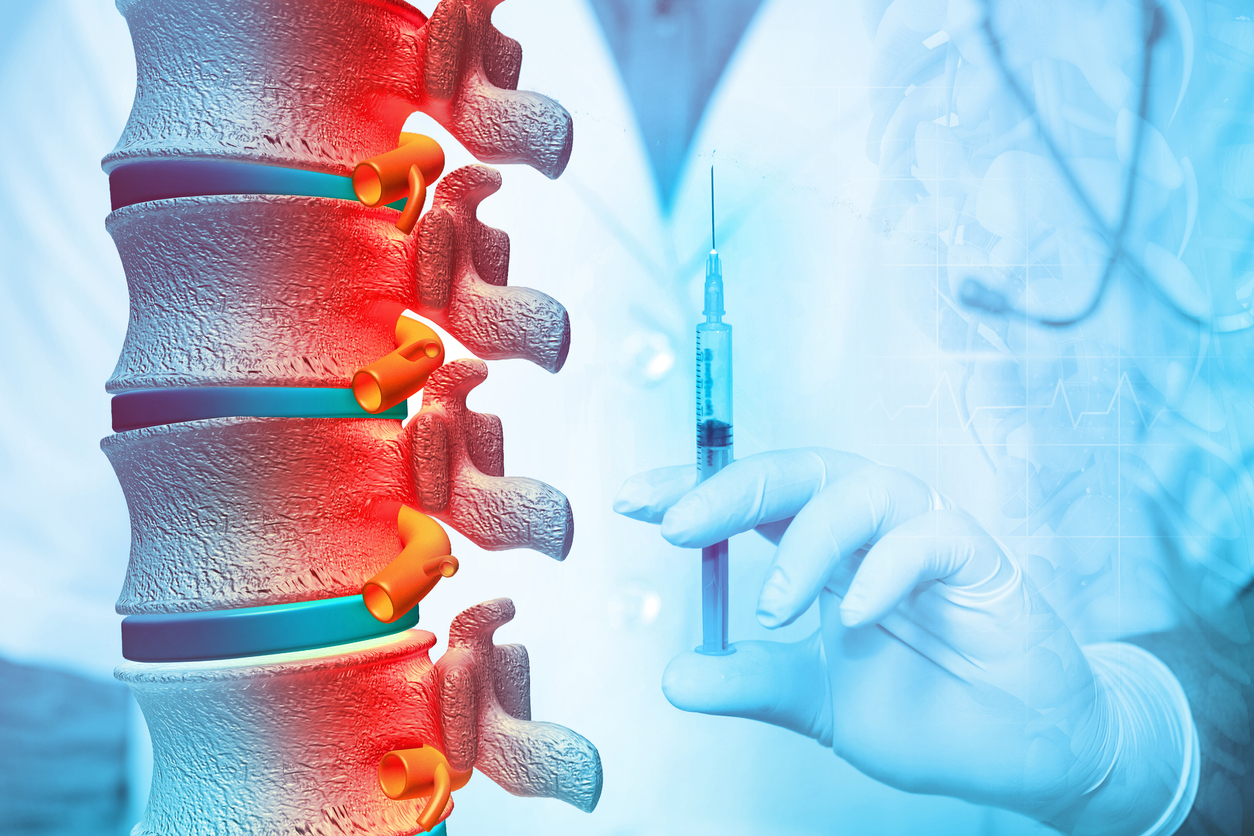Pain
Serious Culprits of Leg Pain

Leg pain can affect the entire leg or a specific area, such as the knee, shin or thigh. Mild leg pain can be intermittent and sore after certain activities, while severe pain can limit weight-bearing or physical activities. Pain can be caused by wear and tear, overuse, or injuries to the joints, bones, muscles, tendons or ligaments.
Individuals should seek medical attention if leg pain is severe or lasts longer than a few days. Seek emergency medical attention if a crack is heard, motion is impaired, severe swelling occurs, or if headache, numbness, weakness or tingling accompany the leg pain.
Serious causes of leg pain
Although leg pain is often caused by injuries or minor ailments, serious health issues can also result in leg pain. They include, but are not limited to, the following:
- Peripheral arterial disease (PAD) is the result of plaque or fatty deposits in the coronary arteries. Symptoms of PAD include leg fatigue, weakness, heaviness, cramps, pain and discomfort. Symptoms typically increase while walking or climbing stairs and decrease five to 10 minutes following rest. PAD is a serious health condition that should be evaluated and treated by a health care professional.
- Sciatica, or sciatic nerve pain, refers to pain that occurs when the sciatic nerve root in the lower back becomes compressed, irritated or inflamed. Sciatic nerve pain radiates from the lower back, into the buttocks, and down the legs. It is most commonly the result of a herniated or slipped disc, bone spurs, or spinal stenosis. In severe cases, the pain from sciatica can be excruciating and debilitating.
- Deep vein thrombosis (DVT) arises when a blood clot forms in a vein that is located deep in the body, such as the lower leg or thigh. Leg pain that appears suddenly, is sharp or severe, and is accompanied by swelling and tenderness in one leg could be a blood clot, which is a life-threatening condition. Blood clots are medical emergencies and occur when the blood thickens and clumps together in a vein. They tend to appear as a result of inactivity for long periods of time, such as in a car ride or on a flight. Seek immediate medical attention if DVT is suspected.
- Spinal stenosis is a narrowing of the spinal canal. It occurs when the bony openings within the spine (foramina) begin to narrow, placing pressure on the nerves traveling throughout the spine. This reduced nerve space can occur within the spinal cord or where the spinal nerves exit the spinal canal. Lumbar spinal stenosis can result in pain or cramping in one or both legs, leg weakness, and tingling or numbness in a foot or leg.
- Achilles tendons may tear or rupture as a result of playing sports, stepping in a hole, falling, or other injuries. The Achilles is a band of tissue that connects the heel bone and calf muscle. Sudden pain and a popping noise may be heard when an injury occurs. Surgery may be necessary to repair the tendon.






